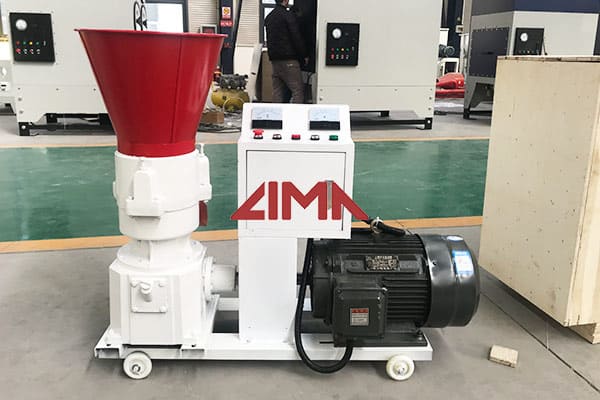
What To Feed Broiler Chickens. Broiler chickens are raised for meat, and they will require different nutrition than other types of chickens. These chickens grow very fast and not plenty of nutrition, especially protein, to keep up with their growth. From the time they hatch until they are 8 weeks old, you should feed them broiler starter feed.

2009-1-1·This study was conducted to compare the growth performance of broiler chickens reared on three on-farm feeds and three commercial feeds. Broilers were fed the six types of feed during the starter ...

2023-2-10·There is growing pressure to find a way to eradicate or reduce the levels of foodborne pathogens such as Campylobacter in broiler chickens, whilst limiting the use of antimicrobials. For Campylobacter, there is currently no vaccine and on-farm biosecurity alone is insufficient to prevent colonization of broiler chicken flocks. Dipteran flies are …

2023-1-30·An experiment with male layer-type chickens was carried out in the Institute of Animal Science-Kostinbrod, aiming to investigate their growth performance and carcass composition, as well as the cooking loss and tenderness of the meat at the age of 5 and 9 weeks. The birds were reared in controlled microclimate, with initial stocking density of 22 …

2023-2-15·This could potentially predispose chicks to respiratory pathogens and reductions in performance. Johnson et al. (2018) showed that exposure to formaldehyde during the hatching phase significantly reduced body weight gain in 7 and 10 day-old broiler chickens compared to the non-treated group.

2023-2-4·The Panel said new adverse effect levels of 1.9 and 1.7 mg DON/kg feed for broilers and turkeys, respectively, were derived from its reassessment of existing studies and newly available literature. It established an RP for adverse animal health effects of 0.6 mg/kg feed for broiler and turkeys.

2022-12-4·Broilers should have a feed that has between 22 – 24% digestible crude protein, DCP. You should add 10-20 grams each of toxin binder, coccidiostat, and growth enhancers like zinc bacitracin. The above feed formula contains metabolizable energy of Kcal/Kg=3038.80, a calcium content of 1.19%, and a crude protein of 21.05%.

2016-12-17·It is said to heighten the immune system and help with general health and longevity. It is a lot like the chickens of yesteryear who used to scavenge composts for food. 8. Cracked Corn. Cracked corn is very, very cheap, but it is not a sustainable diet for chickens. It is very high in fat and very low in nutrients.

3 Key Types of Chicken Feed. All chicken feed can be categorized into three main kinds: pellets, crumbles and mash. Each has its own unique benefits; hence it is important to make the use of all three to ensure your chickens are raised healthily and happily. Pellets. Pellets are the most widely available form of chicken feed that you can find.

2009-1-1·This study was conducted to compare the growth performance of broiler chickens reared on three on-farm feeds and three commercial feeds. Broilers were fed the six types of feed during the starter ...

Poultry feed is a type of food used by farm poultry such as chickens, ducks, quail, and other domestic birds. Feed components for chicken diets are chosen based on the nutrients they can supply, the lack of anti-nutritional or toxic elements, palatability and influence on voluntary feed consumption, and cost. ... Broiler chickens are developed ...

2023-2-10·There is growing pressure to find a way to eradicate or reduce the levels of foodborne pathogens such as Campylobacter in broiler chickens, whilst limiting the use of antimicrobials. For Campylobacter, there is currently no vaccine and on-farm biosecurity alone is insufficient to prevent colonization of broiler chicken flocks. Dipteran flies are …

2023-1-30·An experiment with male layer-type chickens was carried out in the Institute of Animal Science-Kostinbrod, aiming to investigate their growth performance and carcass composition, as well as the cooking loss and tenderness of the meat at the age of 5 and 9 weeks. The birds were reared in controlled microclimate, with initial stocking density of 22 …

2023-2-4·The Panel said new adverse effect levels of 1.9 and 1.7 mg DON/kg feed for broilers and turkeys, respectively, were derived from its reassessment of existing studies and newly available literature. It established an RP for adverse animal health effects of 0.6 mg/kg feed for broiler and turkeys.